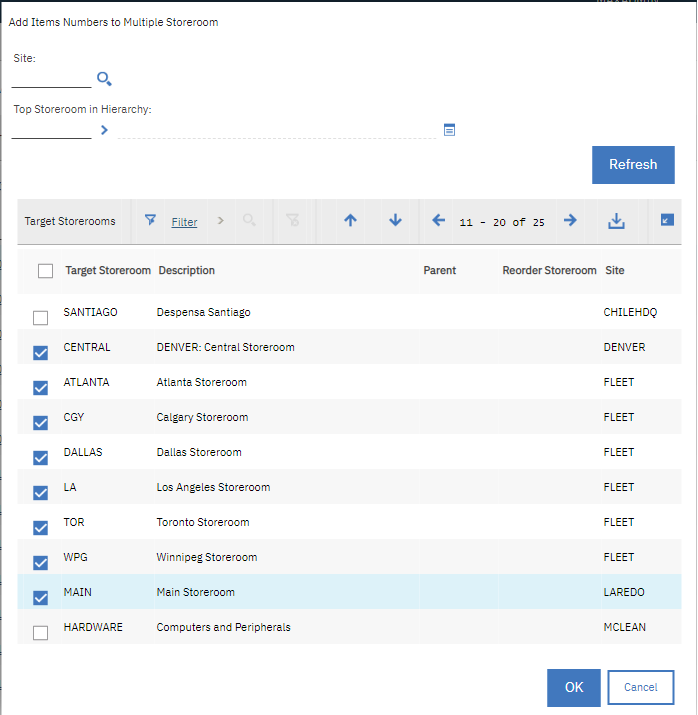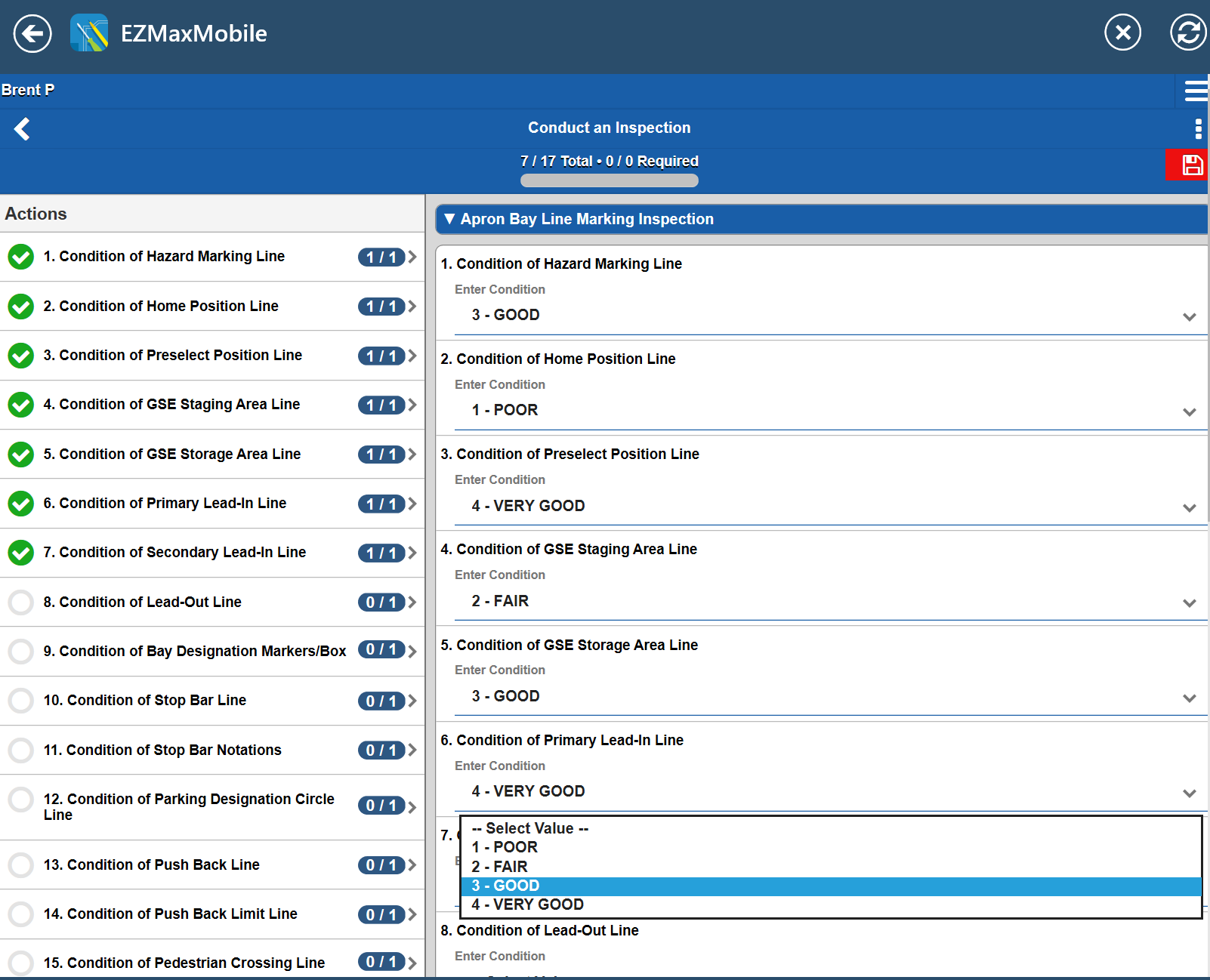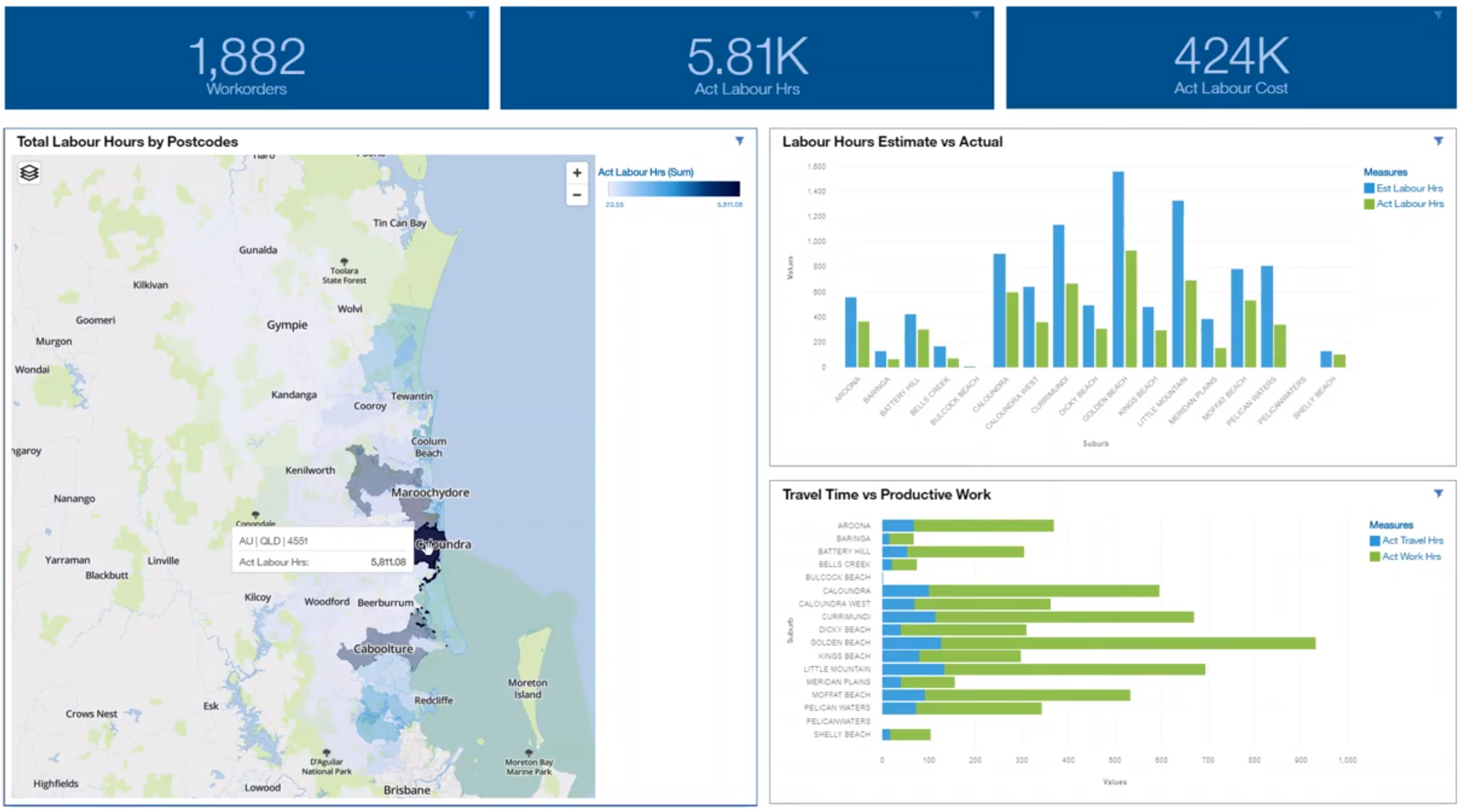At a Glance
- Maximo 7.6.1.2 contains a lot of fixes and new features
- Top new features include: Email listeners, Asset and Location Drill-down and Inventory Management
- There are also enhancements to a variety of functions that offer huge benefits for sites upgrading from Maximo 7.6.0.x including inspection forms and Automation Script and Integration Improvements
On 24th July, IBM announced the release of the latest Feature Pack version 7.6.1.2 for Maximo Asset Management. It includes a massive number of fixes and a stack of new features.
Of note are patches for 23 security vulnerabilities. Considering the recent surge in cyber-attacks, all Maximo customers, particularly those with a public-facing Maximo instance, should consider upgrading. If upgrading is not possible at this point in time, at least review and implement these security patches individually.
Beyond security considerations, the 7.6.1.2 Feature Pack also includes a large number of bug fixes for many core applications. For example, there are 46 bug fixes applied to the Work Order Tracking application alone. Applying this patch will definitely help the overall work management processes for the operations and maintenance team.
This version of Maximo is compatible with most industry solutions and add-ons such as Oil & Gas (HSE), Utilities (Spatial), Nuclear and Transportation. However, it should be noted that this Feature Pack is not compatible with the IBM Control Desk (ICD). Customers using ICD with IBM Maximo must note that only version 7.6.1.1 is currently compatible for this pairing.
Here are COSOL’s picks for the top three new features introduced in this release:
Email Listeners
Capabilities in processing free-form emails have been enhanced. For example, embedded images are included as attachments with a hyperlink placed in the original image position. This makes it easier for the IT helpdesk/Control Room operator to understand the context of the request. The issue with badly formatted emails blocking the entire email queue has also been fixed.
For some of our customers who are using Email Listener as one of their main channels to receive service requests, this can be a major process improvement as these issues currently need to be handled with a combination of email filtering rules and manual intervention.
Asset and Location Drill-down
Previously, the Asset and Location drill-down navigation panes were located on separate tabs. In this version, an extended Drill-down control can be used which provides a single view for Location, Asset, and Spare-parts. It also shows PM details associated with the selected Asset and Location. Locations and Assets can also be moved using drag-and-drop.
The end-user will now find it a lot easier to navigate the asset and location hierarchy, and it will be a lot faster to lookup and select asset/location. The process of managing the hierarchy also feels more modern.
Inventory Management

Users can add multiple items to several storerooms in a single step from the Item Master list view
We can now create a storeroom hierarchy with parent/child storerooms. This is one of the most requested features for the inventory module. Many of our customers currently have to work-around this by defining separate logical storerooms, using special coding in the BINNUM field, or building a whole new custom app to manage their storeroom structure.
Maximo users who are currently managing large inventories will also welcome a number of other enhancements, such as the ability to add multiple items to a storeroom instead of adding items individually or mass reordering from one storeroom. In previous versions, inventory managers often need to go to IT support to get these tedious tasks done by back office processes (uploading via MXLoader or SQL).
Inspection Forms
This new application was introduced in IBM Maximo version 7.6.0.8 and has been progressively updated in recent releases. It allows organisations to improve the level of detail in data captured during inspections, feeding data directly from mobile devices in the field to Meter Reading tables. In recent mobile inspection projects with Maximo Inspection Forms and EZMaxMobile, we’ve found that this enables and/or significantly enhances the Conditional Monitoring program.
This is a powerful, and valuable feature in that it removes the barriers preventing organisations from pursuing paperless business initiatives by making it easier to develop complex forms, deliver them through an intuitive user interface and capture the results directly into Maximo.
New UI Design
The 7.6.1 release provides consistent navigation and look and feel across the whole IBM IoT application suite including Maximo, Work Center, and Cognos. There are many subtle changes added to improve interaction and data entry such as decluttering the arrangement of data fields, and the introduction of asynchronous validation (users don’t have to wait for the round-trip communication to Maximo server to validate a value entered to a field before moving to next field).

Filling out meter reading on an inspection form will directly feed data to Condition Monitoring modules
Support for Bundled Cognos 11
There has been a major upgrade from Cognos version 10 (bundled with Maximo 7.6) to version 11 (bundled with 7.6.1). The key highlights include fully web-based/self-service dashboard capability and the new interactive MapBox control which allows business users to easily analyse geo-spatial data with interactive drag and drop UI.

Business Analysts can create interactive reports like this from the Cognos Dashboard to analyse Maximo data in less than 10 minutes
Although Cognos is still considered a niche player in the business intelligence market, compared to market-leading products such as Power BI, the bundled Cognos 11 version is an excellent choice if considered as an extended reporting tool for Maximo.
Automation Script and Integration Improvements
There have been many enhancements to the Automation Scripting framework, most significant being more support for customisation of the Integration Framework.
Traditionally, integration handlers had to be delivered through Java customisation. An example is the UserExit class, where we can define complex filtering rules when publishing data to an external system. Transitioning to automation script means it is a lot easier to build integration interfaces, with changes implemented in days (versus months with Java customisation) and no downtime required. This is great news for organisations implementing or maintaining extensive integration between Maximo and external systems.
Many other smaller improvements to the automation scripting framework mean that more business analysts will be able to implement simple changes in business logic directly, without having to rely on technical specialists to write, compile and deploy java code.
Implementing the new Maximo 7.6.1.2 feature pack makes it possible to run asynchronous tasks from an automation script. This is one of the last few features that previously could only be done with Java customisation. With this support, we can expect to see Java customisation removed for good in the near future, making it easier to manage source code across all environments and simplifying future upgrades and support.
There’s an exciting outlook for Maximo, with IBM’s product roadmap indicating a continued focus on improving the end-user experience, a common, simplified platform and stronger alignment with other IBM products. We’ll be sharing further information on the recent Maximo Application Suite announcements shortly, which promises simplified, flexible access to a range of applications through a single licence.
In the meantime, if you would like to speak with one of COSOL’s experienced Asset Management consultants about the pros and cons of upgrading to Maximo 7.6.1.2 Feature Pack in your environment, please contact us. We can review your current system, advise on the value to be realised by upgrading, and develop an upgrade plan to leverage Maximo’s new features and functions.

